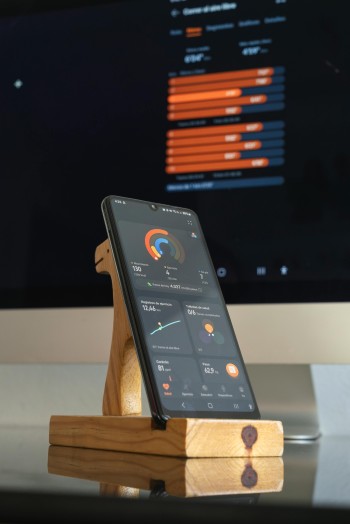Telehealth encompasses many applications. Many people define telehealth in terms of video consultations or wearables; a doctor with whom I sat on an Indian Affairs Committee roundtable several years ago shrugged and suggested his habit of prescribing drugs to his Ohio patients while he wintered in Florida probably constituted telehealth, too. And virtual reality, augmented reality and immersive mixed reality are also rising to the top of doctors’ toolkits. But another approach is growing and evidencing improved outcomes in everything from disease management to physician training: Gamification. And this can have important implications for rural spaces.
Gamification is the application of gaming tools to non-gaming endeavors. Gamification includes elements that are familiar to healthcare – goals and progress reports – and layers on top of them competition and rewards. The healthcare and app industries are taking notice. The global healthcare gamification market is valued at about $3.3 billion and is expected to grow at a more than 10% compound annual growth rate over the next decade. For rural spaces, gamified healthcare can be a game changer.
Gamification can be a prime tool for managing chronic conditions, medications compliance and physical activity. According to the U.S. Centers for Disease Control (CDC), rural residents are (on average) older and have higher rates of several diseases and chronic conditions than urban counterparts. But this is the sobering part: Also according to the CDC, more than 40,000 rural deaths in 2022 were potentially preventable, including more than 30,000 relating to heart disease, stroke, cancer and respiratory disease. To be sure, gamification would not be expected to shift all those numbers. But for regions that lack access to specialists, or in which residents must travel farther for medical treatment than urban peers, gamification can be an on-ramp for improved self-management as well remote patient monitoring.
Healthcare gamification relies on user engagement. Features like points and leaderboards set the stage for encouraging compliance with medical instructions (if you ever received a “You Did It!” message on your smart watch for standing or walking some prescribed amount, you know how much those little stars mean). Patients can compete against themselves or others as they set goals for self-management and “earn” recognition, even if merely electronic, as a reward. While social media companies have been criticized for exploiting dopamine release to reinforce engagement with their platforms, these same strategies can be used to reinforce beneficial engagement with digital health. The brain chemical rush triggered by games – dopamine, serotonin and endorphins – can create “stickiness” (in fact, game developers routinely pursue stickiness by adding new features and sending push notifications, factors that line up with new psychological understandings that dopamine may be less about pleasure and more about anticipation). And, that stickiness is a key factor in engaging patients, whether for improved self-management in exercise programs, diet or medication adherence.
Gamification enables more personalized electronic healthcare interactions and has been found to improve clinical outcomes. Games can include tailored programs for physical or cardio therapy; apps designed to encourage exercise among the elderly; or ways to encourage compliance with pharmaceutical or other medical regimens. In addition to patient benefits, doctors who used gamified platforms for training saw improved outcomes across different case sets, including treatment of hypertension and dentistry.
Alongside the benefits, however, risks must be managed. Gamified healthcare apps collect an enormous amount of patient data. When combined with electronic health records, these data can enable vastly improved epidemiological inquiries and ultimately lead to more personalized patient care. But along the way, users must be made aware of data gathering and their rights to restrict or control that data, and app developers and medical/research professionals relying on these data sets must ensure reasonable fortifications against breach or intrusion.
Still, the promise of gamification for rural users is significant. As another angle of telehealth, it opens an opportunity to encourage better compliance and self-care, both of which can improve patient outcomes and potentially avoid adverse conditions. The expanding market of wearables and sensors also enables seamless integration of devices into users’ lives. And, of course, broadband connectivity reduces the barriers of distance and brings patients closer to providers who can help them toward better health.
Game on.


